What type of oak is this?
GiantSycamore
10 years ago
Related Stories
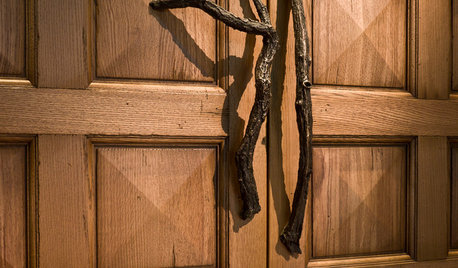
WOODWoodipedia: Make a Solid Choice With Oak
Forget those low-end products of old. Red and white oak today are beautiful, versatile and relatively inexpensive
Full Story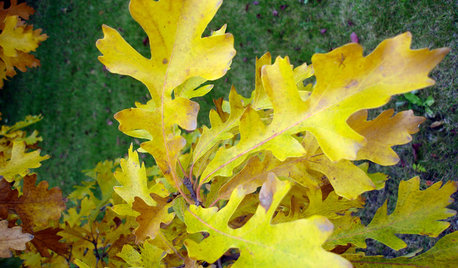
GARDENING GUIDESCelebrate Eastern Oaks for Wildlife, Longevity and Seasonal Interest
There might not be a more important tree to have in your eastern U.S. landscape — if you can fit one in
Full Story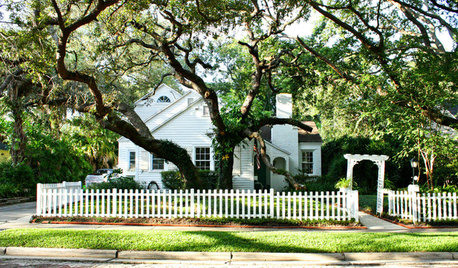
TREESGreat Design Plant: Southern Live Oak Offers an Unbeatable Canopy
Keep it dense or prune it for more light. No matter how you grow Quercus virginiana, it’s a majestic addition to its native landscape
Full Story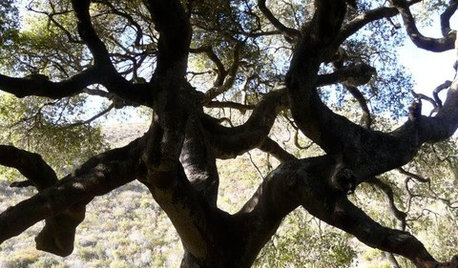
CALIFORNIA NATIVE PLANTSGreat Design Plant: Coast Live Oak
The stuff of legends and memories, this California tree is one to build a whole landscape around
Full Story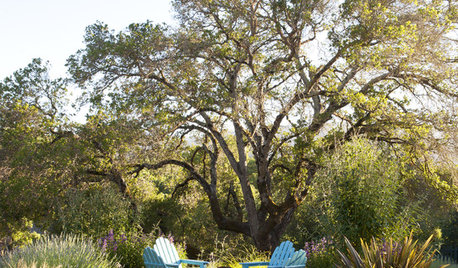
GARDENING GUIDESWhat to Plant Under Western Native Oak Trees
Keep your tree healthy by underplanting with ground covers, grasses, perennials and shrubs that thrive in dry summer conditions
Full Story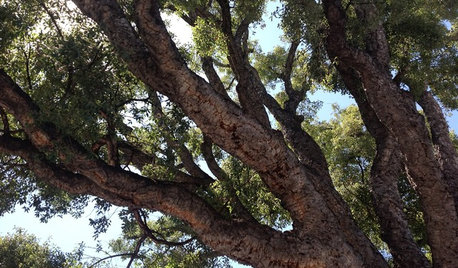
GARDENING GUIDESGreat Design Plant: Cork Oak
Witness an incredible renewable resource being grown while lolling in the abundant shade of this expansive, ever-popular tree
Full Story
REMODELING GUIDESRenovation Material: Cerused Oak
This traditional material adds welcome texture to the sleek surfaces of modern furniture, cabinetry and more
Full Story
KITCHEN OF THE WEEKKitchen of the Week: Goodbye, Honey Oak — Hello, Minty Green
After more than 30 years, the Kloesels revamped their space to reflect their rural country town and Victorian-style home
Full Story
REMODELING GUIDESYour Floor: An Introduction to Solid-Plank Wood Floors
Get the Pros and Cons of Oak, Ash, Pine, Maple and Solid Bamboo
Full StoryMore Discussions






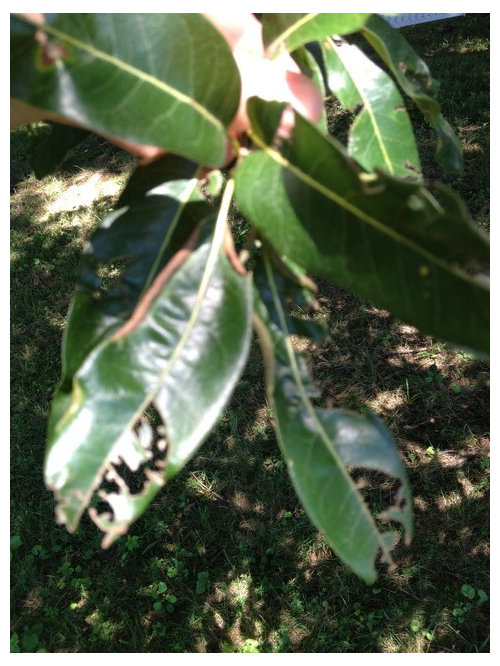
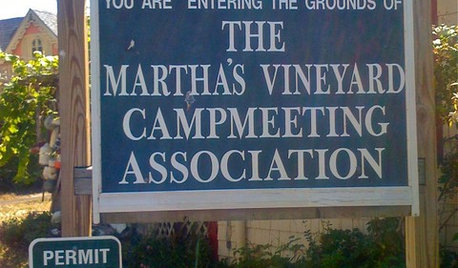

Embothrium
GiantSycamoreOriginal Author
Related Professionals
Canton Landscape Architects & Landscape Designers · Manhattan Beach Landscape Architects & Landscape Designers · South Orange Landscape Architects & Landscape Designers · Wakefield Landscape Contractors · Braintree Landscape Contractors · Natick Landscape Contractors · Rancho Santa Margarita Landscape Contractors · Bonita Siding & Exteriors · Honolulu Siding & Exteriors · Tigard Siding & Exteriors · Alexandria Decks, Patios & Outdoor Enclosures · Gastonia Decks, Patios & Outdoor Enclosures · Los Alamitos Decks, Patios & Outdoor Enclosures · Verona Decks, Patios & Outdoor Enclosures · White Bear Lake Decks, Patios & Outdoor EnclosuresEmbothrium
GiantSycamoreOriginal Author
GiantSycamoreOriginal Author
dricha
GiantSycamoreOriginal Author
Embothrium
GiantSycamoreOriginal Author
dricha
GiantSycamoreOriginal Author
viburnumvalley
GiantSycamoreOriginal Author
viburnumvalley
franktank232